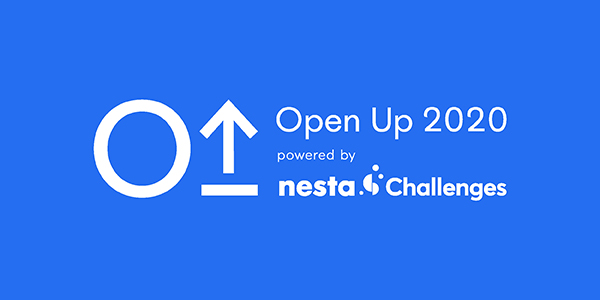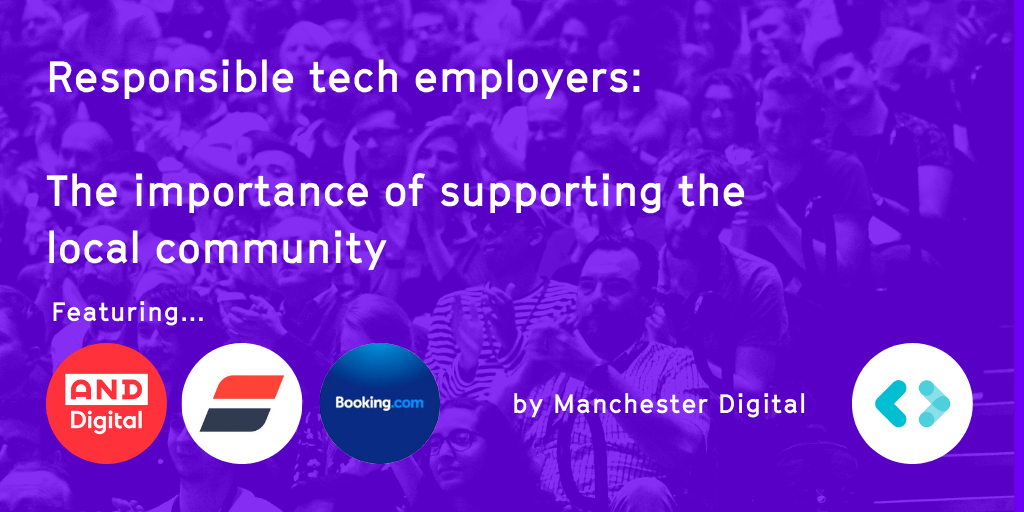
With audience viewing having increased 5-fold since the last FIFA tournament, England’s defeat over Scotland in June drew a record-breaking 6.1 million viewers on BBC, 38% of the available audience. This was followed by the 11.7m viewers who watched England’s heartbreaking loss to the USA (take that, Love Island!), proving the women’s game can standalone by being as entertaining and marketable as the men’s. Women’s football has been “the fastest growing sport ever in history”, with the decade-long enthusiasm boom culminating in this year’s record-breaking FIFA World Cup.
Women have had to battle systemic cultural barriers to achieve this level of eminence in the international arena. These include the sport being male-dominated in the professional leagues, a lack of respect, minimal expectations, a sizeable pay gap and a dearth of visible role models. Sound familiar?
Despite some progress, financial services is still a male-dominated industry with many women often experiencing similar barriers to gender equality as the footballers. Unfortunately, in financial institutions (FIs) the gender divide is actually worsening, hitting a 91% pay gap for earners over £1m in FIs, and 22% for all earners (which jumps to 46% if you include bonuses). The distribution is far worse than the UK average pay gap of 9.7%. As such, financial services can take inspiration from how women’s football has progressed on the path to parity.
Change Doesn’t Happen Overnight
In England, women’s football is finally getting the attention, and financial backing, it deserves. After the decoupling of the men’s and women’s EPL leagues in 2017, the women’s teams can now receive independent endorsements. Over the last two years, the result has been a flood of new companies investing in football, with 60% of Women’s EPL clubs today having unique front-of-shirt sponsors, different to their male counterparts. VISA, a major FIFA sponsor, for the first time is now spending the same amount on the women’s tournament as the men’s. Matches are now broadcast during prime TV slots, which has made it accessible to not just the die-hard fans, but also to casual viewers and general sport enthusiasts.
It is worth remembering that women’s football has not been an overnight success. In England, the Football Association banned women playing on members’ clubs ground from 1921 until 1971. It wasn’t until over 1 million tickets were sold to the 1999 Women’s World Cup Finals, did football’s national governing bodies really start to invest. It is no surprise then that this year the Women’s FIFA World Cup is capturing our attention – it is because we have now had a generation of women who have been able to develop their talent with better financial and social opportunities.
For financial institutions, improving gender diversity is going to similarly require a generational shift through structural changes. In 2015, Lord Davies set a target for women to occupy 33% of UK’s FTSE350 companies by 2020, riding off the successful target in 2011 to ensure women made up 25% of FTSE100 companies’ boards. These numbers may seem small but they show one thing – change takes time but it can be achieved.
Progressive steps to being more inclusive to women could include: affirmative action measures, introducing gender quotas, blacking out names and personal identifiers from resumes, giving staff flexible working opportunities, improving maternity and paternity leave, promoting women to proliferate visible role models, initiating coaching programs and ensuring pay equality. Each action helps remove frictions for women entering the work place, they will not create gender equality overnight, but are steps in the right direction.
Create Viable Pathways for a New Generation
In football, the female talent we see today is a result of the economic and social pathways created for a new generation. Financial investments in both the league, player wages and scholarships have allowed professional soccer to become an attainable goal. Additionally, having visible role models like Alex Morgan and Sam Kerr dominate on the pitch sends a powerful message to young kids watching on TV.
Whilst women now make up roughly half of the roles in financial and insurance industries worldwide, they disproportionately fill the lower-level roles, are less likely to receive promotions and very few reach leadership positions. About 12% of CFO roles in the top 20 global financial firms are women, and there is a 24% gap in promotions from entry-level to management position between men and women in North American institutions.
A common myth when trying to hire more women is that there simply aren’t enough qualified candidates to in the field. Yet, what this reflects is not that there aren’t enough capable women, but that the industry hasn’t historically done enough to provide adequate pathways for women.
The onus is on the industry to bring women to visible leadership roles, to offer specialised programs, coaching or support, to get into schools and universities to advertise the skills needed to be successful in finance. This will ensure that women are exposed to these options from a young age and can take steps towards being ‘qualified’ for these roles.
The Power of Collective Action
The success of women’s football has been a cumulative result of years of collective action. Currently, women and men are coming together to fight to close the gender pay gap in football. The US women’s team, in spite of their on-pitch dominance far outstripping the US men’s team, is battling an off-pitch class action law suit for gender discrimination due to unequal pay. Worldwide, national teams and their supporters are banding together to get gender pay equality; the Spanish team started a collective action lawsuit in 2015; Australia’s Matildas sent a message by cancelling a 2015 sell-out tour of the US to protest below-minimum wage pay; in Argentina and Brazil many of the top players retired early to advocate for better pay.
Though still a work in progress, change is happening. The Australian women’s team had their pay doubled as a result of the strike (though still far less than the men’s team). Norway and New Zealand struck historic deals offering women equal pay to their women’s team. In South Africa, women will now earn the same bonuses as the male teams in international tournaments. Gianna Infantino, the president of FIFA, has begun to initiate changes from the top, acknowledging the spectatorship the women’s game receives is not proportional to the funding it gets.
Empowering women in business needs to be a combined team effort. Unfortunately, for too long the burden of getting equal pay has been generally placed on women or framed as a “women’s issue”. However, partly as a result of the #metoo movement, the true, systemic extent of the problem is coming to the surface. What we have learnt from the women’s football movement, is that both men and women need to be agents of change. To accelerate progress, having men’s active support will “invoke a higher sense of common cause and collective action”.
Get the Ball Rolling
Those committed to achieving gender diversity in FIs can be encouraged by the progress made in women’s football. It is key to remember that meaningful change takes time, it requires affirmative action and investing in proper pathways for younger generations. Importantly, framing gender equality not as a women’s issue, but rather a collective effort that will be a net social benefit, is critical to breaking through traditional barriers in male-majority spaces.
At Woodhurst, we are really keen to play a part on this journey. Though still small, we acknowledge as a team led by 3 male directors we need to address the gender balance as we seek to expand our team. We are committed to ensuring equal pay and opportunities regardless of gender, as well as being actively mindful and reflective of how we can better cultivate an inclusive workplace.









